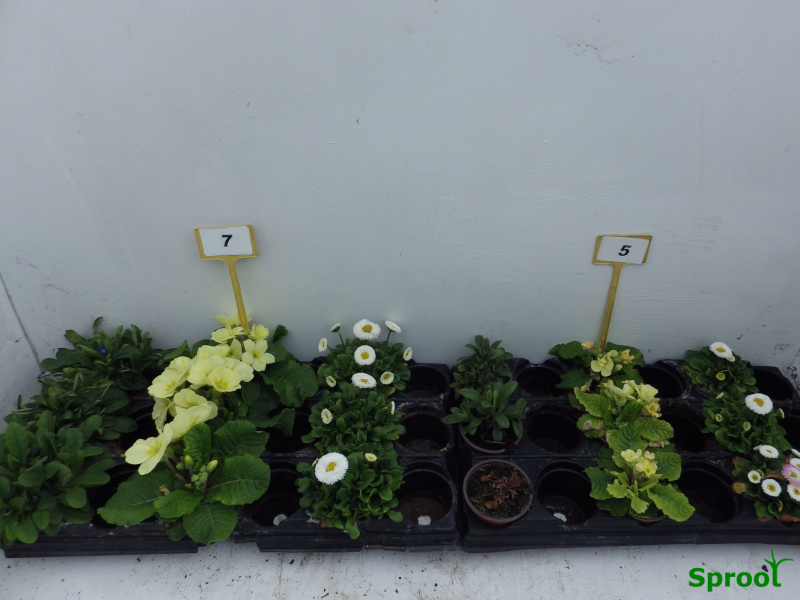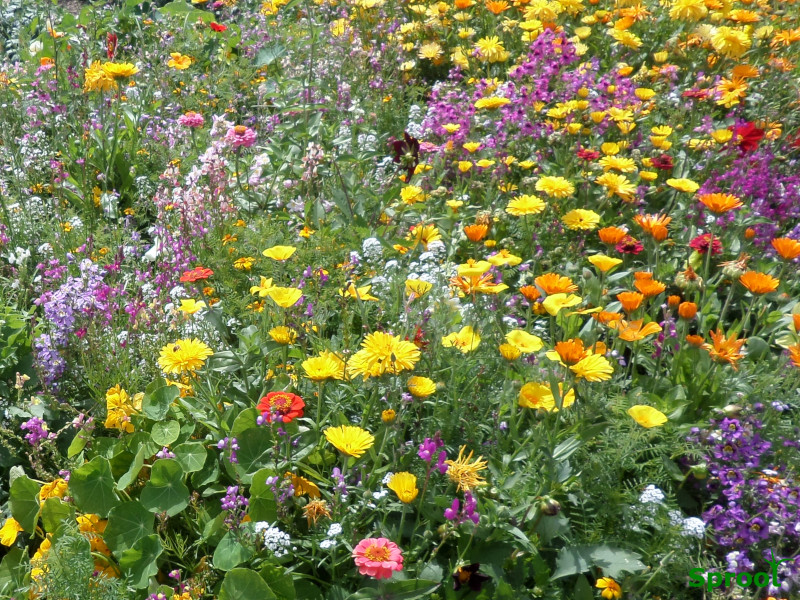Time to be careful?
Grey Mould or Botrytis to give it its Sunday name is always lurking about, just waiting for the perfect conditions to grow.
It survives from season to season in plant debris, pots, structures in fact almost anywhere. But no need to panic it needs the right conditions to grow.
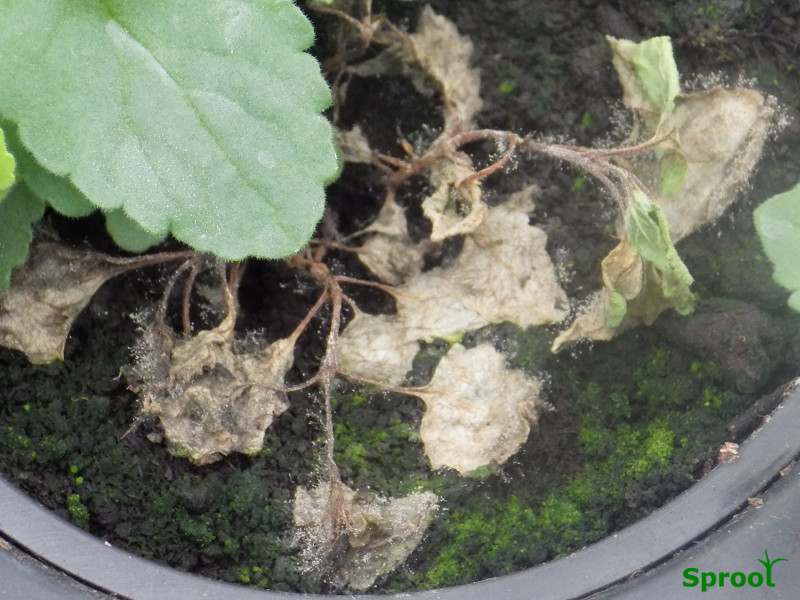
The spores can last for days or weeks on the plant, longer with low temperatures and darkness, in fact normal winter weather is perfect for grey mould.
The spores can germinate over a wide range of temperatures but 10-20 c is optimum, spores need water (moisture on the plant surfaces) to germinate or very high humidity about 90%.
If the humidity drops, spores will stop growing you can see this on tomatoes with ghost spotting on the fruit. A spore starts to grow then stops, leave a ring with a spot in the middle.
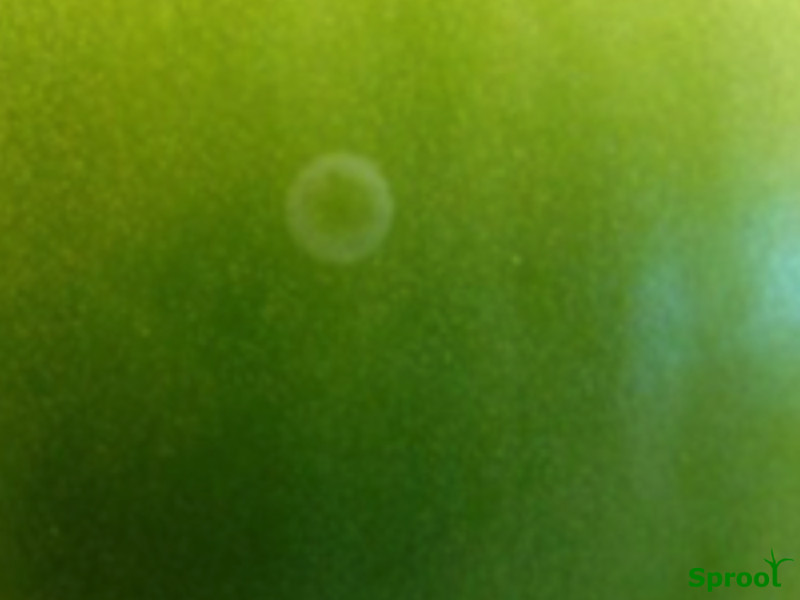
When the spores germinate they need an access point, normally they enter through wounds or through soft tissue. The grey mould accelerates as the infected tissue turns into soup, fueling the growth.
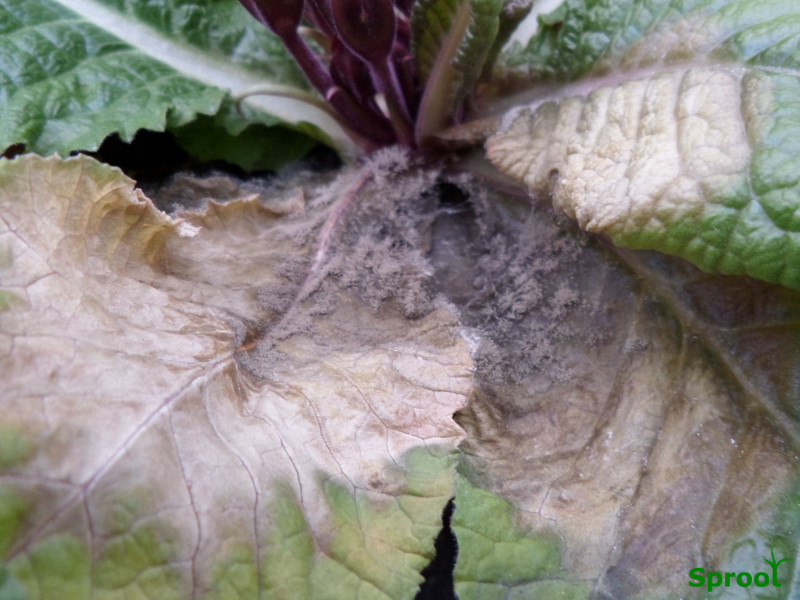
When the botrytis has established on a plant it will produce more spores but only in a narrow temperature range 13-17 C with prolific spore production at higher humidity
Controlling botrytis
On the nursery we use the computer to create the best conditions in the greenhouse we monitor and reduce humidity by opening and closing the vents, we have access to some chemicals but we try not to use them.
You can stop the spores germinating, if you avoid high humidity 85% and above, for more than 6 hours, in practice this means some kind of ventilation during the day and night. We are careful to only water on days when it is sunny and the vents can be opened, we also grow our winter crops very cool to harden them, toughening the leaves, soft growth is bad news.
As an amateur gardener you can use some of these techniques.
Unheated greenhouse
- Ventilation is the key, use a thermometer to check the temperature, use ventilation to keep this down as cool as possible remember under 10 C will slow the production of spores.
- Humidity is harder to control if its raining the humidity is high, inside and outside your greenhouse, but if your leaves are dry the spores will struggle to germinate.
- Avoid wet leaves caused by watering, condensation and drips (fleece is good for stopping condensation)
- keep your plants on the dry side and with some space between them, plants that are close together will create humidity under the crowded leaves.
- remove disease plants and leaves asap but in a closed bag to avoid spreading spores.
- Move the air, a small fan will help dry the air, remember your washing dries faster on a windy day.
- Be careful to only water on days when it is sunny and the vents can be opened
Heated greenhouse.
- If you heat your greenhouse you have more control, the heat will dry the air reducing the humidity.
- You can stop the spores, if you avoid high humidity 85% and above for more than 6 hours, in practice this means a little ventilation during the day or very careful watering.
- Make sure the crop grows slowly with not too much vegetative growth, this toughens the leaves and will reduce the humidity caused by the plants.
- keep your plants on the dry side and with some space between them, plants that are close together will create humidity under the crowded leaves.
- Remove disease plants and leaves asap but in a closed bag to avoid spreading spores.
- Avoid wet leaves caused by watering, condensation and drips.
- Use a thermometer to check the temperature and humidity one that records data will give you valuable information and show the danger periods of warm and high humidity.
- Move the air, a small fan will help dry the air, remember your washing dries faster on a windy day.
- Be careful to only water on days when it is sunny and the vents can be opened
Stopping grey mould
I think stopping grey mould is all about prevention and observation. You also have to move fast if it starts spreading, reduce watering open the vents and try to dry the air. The way you grow and handle your plants can also help.
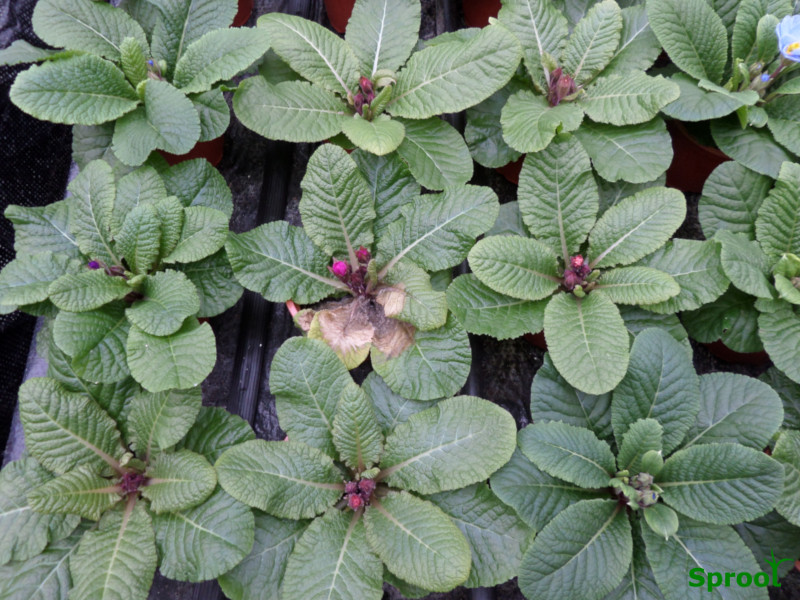
I think you can see that one primrose has grey mould but it hasn’t spread to the others. There are two reasons, the plants have some space between them preventing spread by contact and the air conditions are correct so no more spores can germinate.
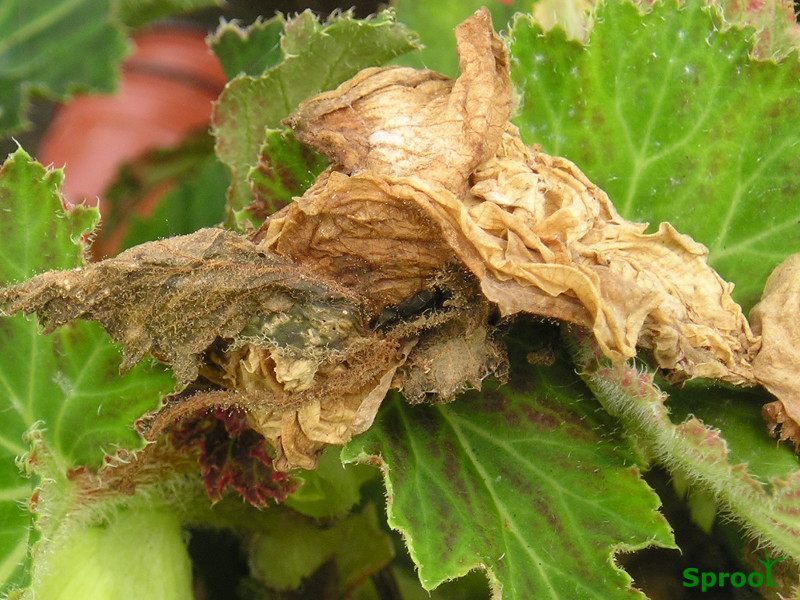
This begonia plant has had some damage in the past to the leaves, you can see the grey mould has started then stopped in the hot dry weather.
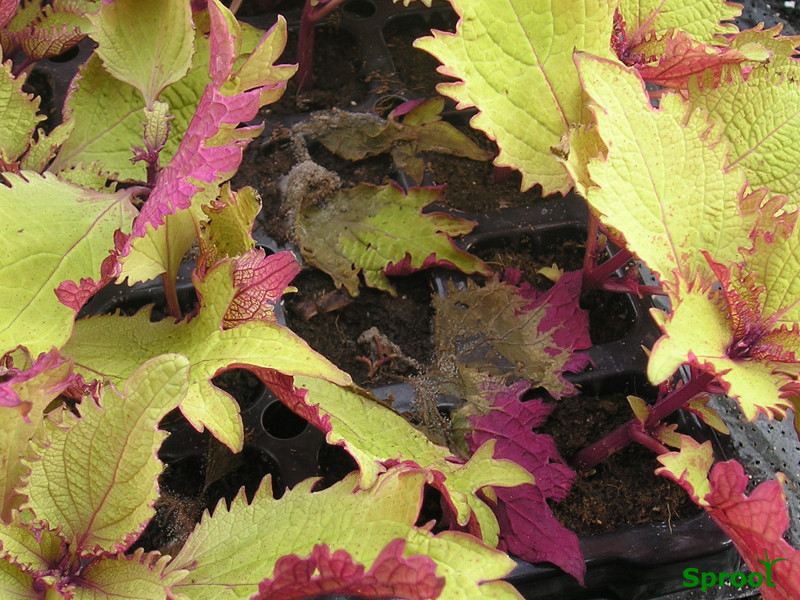
Grow your seedlings and cuttings in plugs, you can see one can succumb and not spread to the rest. This tray had just been delivered and had been in a box for too long.
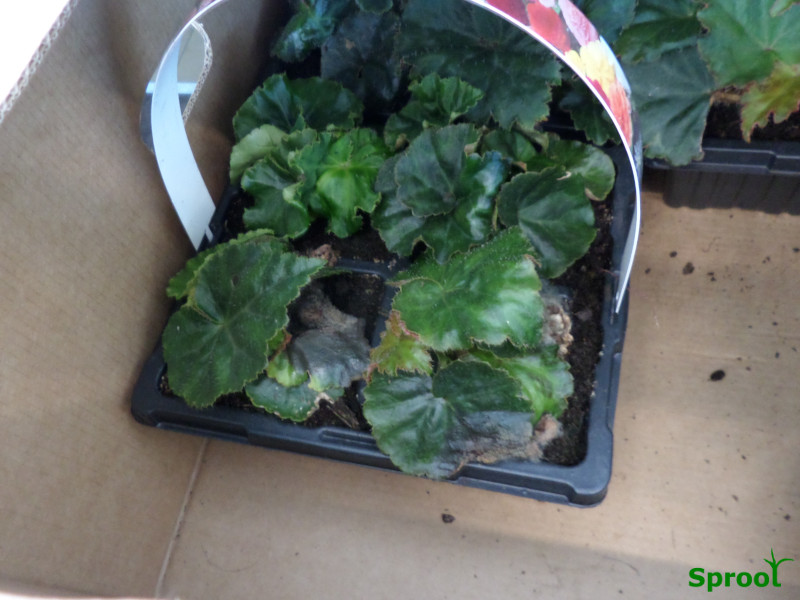
The same has happened to this begonia pack delivered in a cardboard box with no air.
Want to know how to measure and monitor your greenhouse we have some suggestions
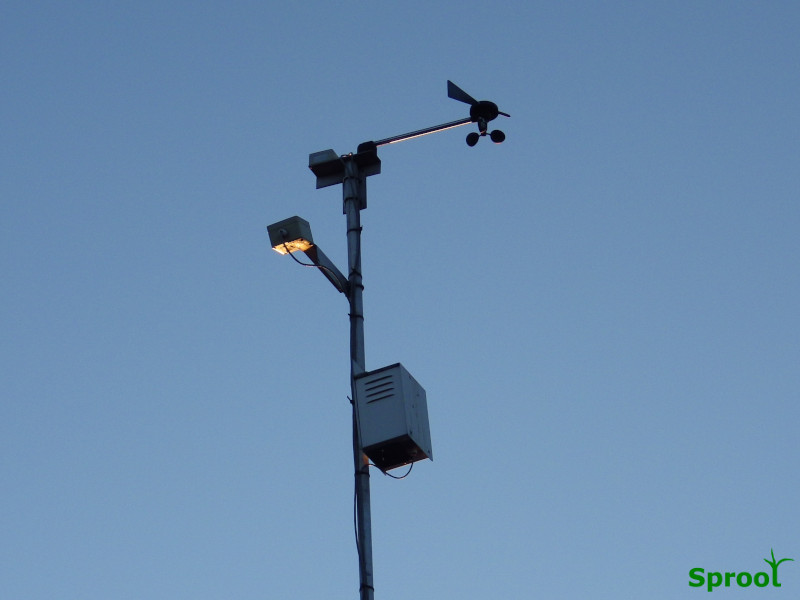
How warm is it
How warm is it? The only way to find out is to measure it, the human body is useless for monitoring temperature. During cold weather,…

